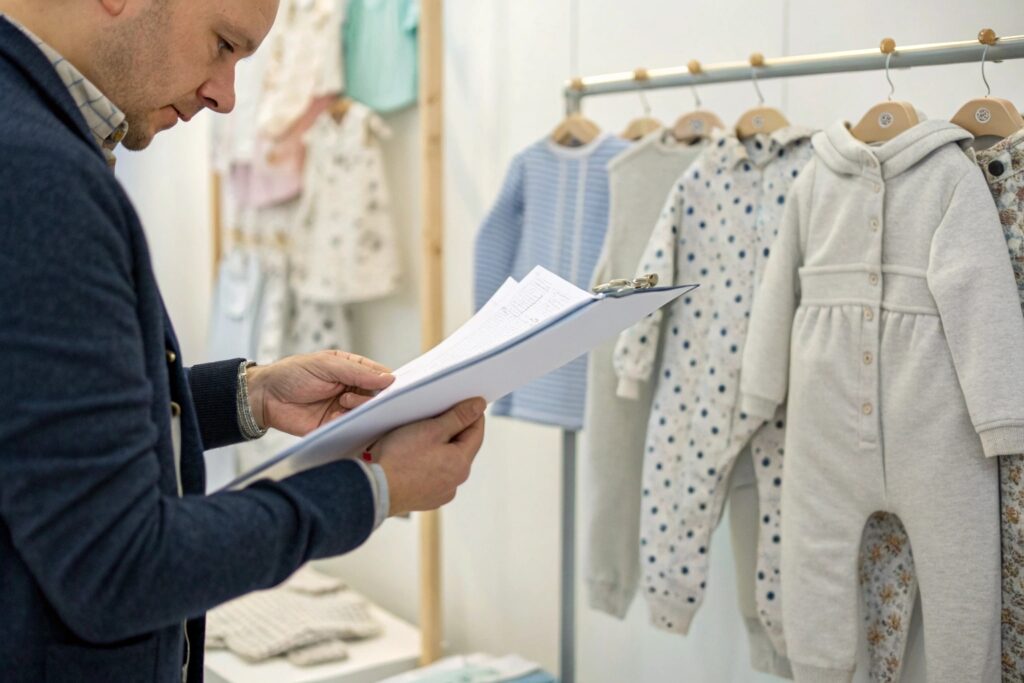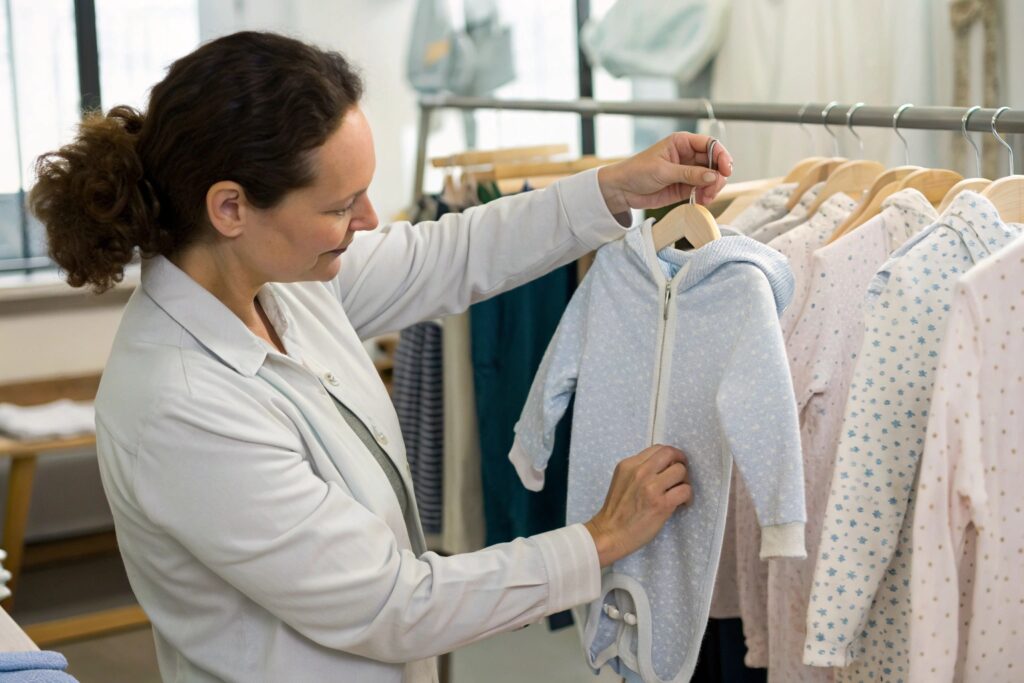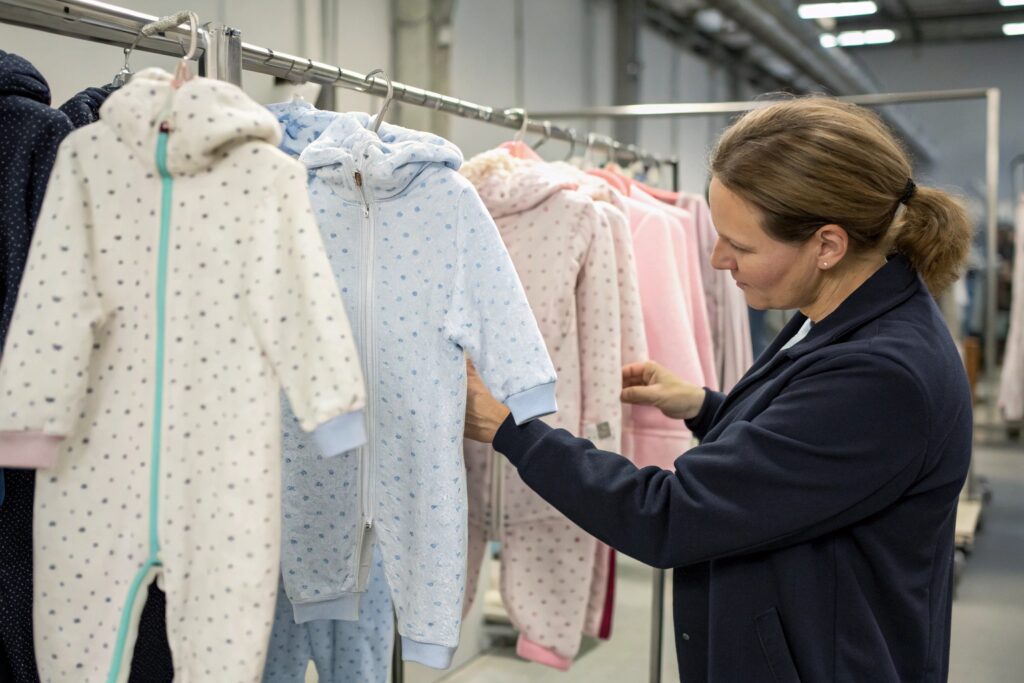Winter clothing for kids isn't just about fashion—it's about warmth, safety, and comfort. If you’re sourcing from overseas, the stakes are even higher. Quality must match climate, function, and style.
To find exporters of high-quality winter children's clothing, focus on verified sourcing platforms, check certifications, inspect factory capabilities, and review every detail before importing in bulk.
Here’s how I help brands, retailers, and importers find the right winter kidswear partners—without wasting time or risking quality.
Where to Source Premium Kids’ Winterwear Suppliers?
Winterwear requires advanced fabrics, insulation materials, and skilled sewing. Not every factory can handle that. So you need to start your search in the right place.
The best way to find quality winter kidswear exporters is through trusted B2B platforms, global exhibitions, and verified factory networks.

What are the top sourcing platforms for winter children's clothing?
| Platform | Best For | Highlights |
|---|---|---|
| Alibaba (Verified) | Finding export-ready manufacturers | MOQs, insulation types, supplier ratings |
| GlobalSources | High-volume winterwear sourcing | More premium-focused than Alibaba |
| CBME Exhibitor List | China-based babywear manufacturers | Includes winterwear lines and OEM options |
| Korean/Indian B2B sites | Niche quilted jacket exporters | Specialize in outerwear stitching and styles |
| LinkedIn/Google | Custom search by region and language | Search “Kids Winter Jacket Exporter China” |
Focus your search using keywords like:
“OEM padded kids jacket,”
“down toddler coat exporter,”
“thermal baby snowsuit factory”
Look for suppliers that mention:
- Thermal linings (polar fleece, sherpa, down)
- Outerwear category pages
- North American or European export experience
How to Identify Exporters with Quality Certifications?
Premium winter kidswear is more than just a thick jacket. It requires material testing, compliance certifications, and manufacturing consistency.
To identify exporters with true quality, request certifications like OEKO-TEX, BSCI, ISO9001, and fabric-specific safety tests.

What certifications should I look for?
| Certification | What It Covers | Why It Matters |
|---|---|---|
| OEKO-TEX 100 | Fabric safety from harmful substances | Key for baby/children's skin safety |
| BSCI / Sedex | Ethical factory compliance | Required by many EU/US importers |
| ISO9001 | Quality management systems | Ensures factory consistency |
| Downmark or GRS | Down sourcing and recycled insulation | Needed for sustainable buyers |
| EN 14682 / ASTM | Drawcord & small part safety | Legal requirement for kids' jackets |
If a factory can't provide documentation, ask for:
- In-house test reports
- Photos of labels used in past export orders
- Reference to past brand collaborations
What else signals high quality?
- Quilting symmetry and even insulation
- Zippers from YKK or SBS
- Multi-layer fabric constructions (windproof, water-repellent, breathable)
Trustworthy exporters are proud to show their materials and tests.
What to Check Before Importing Winter Clothing in Bulk?
Winterwear is heavier, bulkier, and more seasonal. That means timing, compliance, and costs matter more than ever—especially for international orders.
Before importing winter kidswear in bulk, check sample quality, fabric specs, sizing accuracy, compliance labels, and shipping timelines.

What steps do I take before confirming a bulk order?
-
Sample Test: Order at least 2 sizes of 1–2 styles. Check:
- Stitch quality
- Lining and padding
- Zipper strength
- Wash and wear results
-
Size Chart Review: Confirm garment measurements vs. baby/toddler body sizes. Use both cm and inches for accuracy.
-
Label Compliance: Ensure garments follow EU/US safety labeling rules:
- Fiber content
- Size
- Country of origin
- Care instructions
- Safety warnings (for hoods, cords)
-
Packaging: Confirm hanger type, bag material, and export carton labels. Winterwear requires larger carton sizes and compression protection.
-
Shipping Timeline: Allow extra time for:
- Bulk sewing (thicker layers = slower sewing)
- Pre-shipment inspection
- Sea freight + customs clearance (especially before Q4)
Here’s a sample production flow:
| Step | Time Required |
|---|---|
| Sampling | 10–15 days |
| Bulk production | 35–50 days (varies by style) |
| Sea shipping | 20–30 days |
Always confirm EXW/FOB/DDP terms before paying your deposit.
Tips for Verifying Winter Kidswear Factory Capabilities?
Not every kidswear factory can make high-quality winterwear. Jackets, parkas, snow bibs—they require special machinery and workers with technical skill.
To verify a winterwear factory’s capability, ask for garment samples, tour sewing lines (virtually or in person), and review past project files.

What proof should I request?
Ask for:
- Photos or videos of jacket production lines (quilting machines, thick-needle sewing stations)
- Finished outerwear samples with:
- Puffiness and stitching uniformity
- Lining security
- Logo application quality
- Brand references: Have they exported to cold-weather markets?
What questions help assess real experience?
- “What’s the heaviest insulation you’ve worked with?”
- “Can you apply waterproof coatings or softshell membranes?”
- “How do you manage size grading for layered outfits?”
- “Do you offer digital sample approval or fit models?”
Here’s a quick checklist I use:
| Capability | Checkpoint |
|---|---|
| Thermal design expertise | Past jacket or snowsuit catalogs |
| Branded materials | YKK zippers, branded fleece or lining |
| Sizing accuracy | Clear charts by region |
| Layering ability | Quilting, fleece, windbreak construction |
Factory visits (even via video call) give the clearest insight into their true skills.
Conclusion
High-quality winter kidswear isn't just about cute jackets—it's about sourcing from capable exporters who deliver warmth, safety, and consistent craftsmanship. With the right search strategy, due diligence, and factory communication, you can confidently stock your next winter collection.










